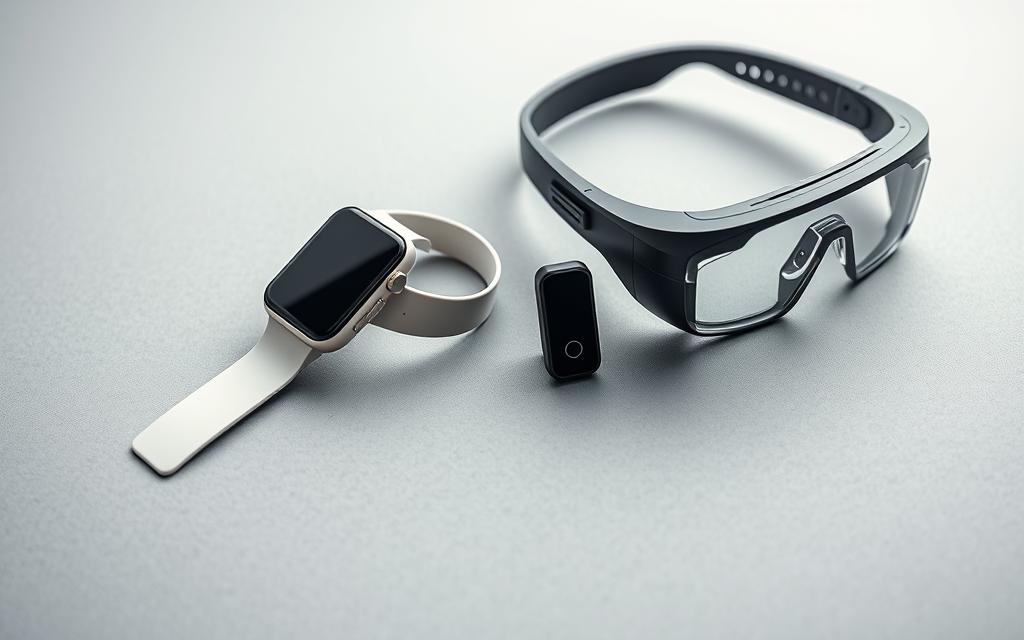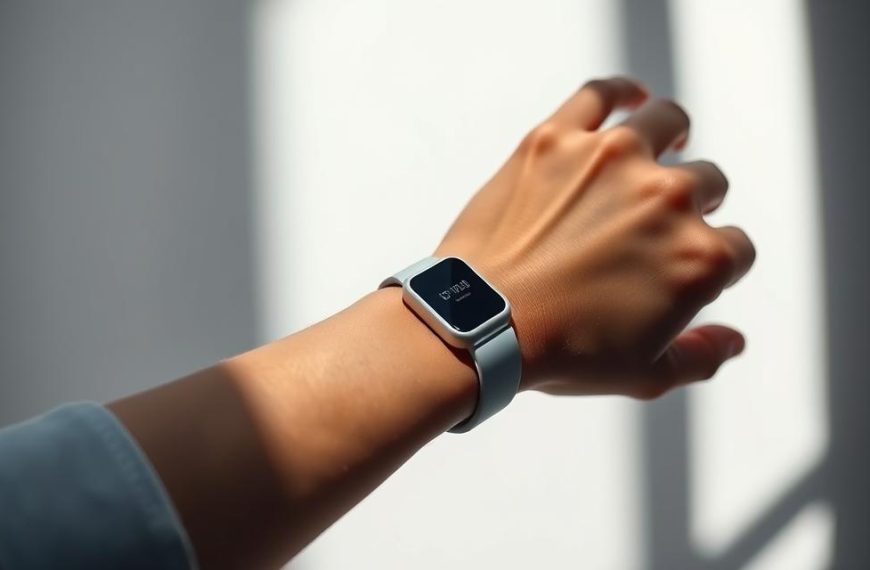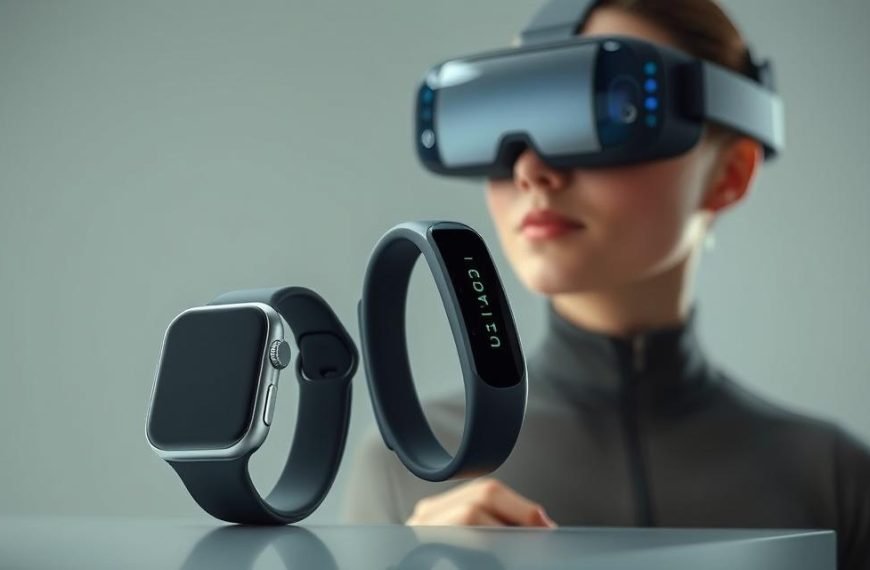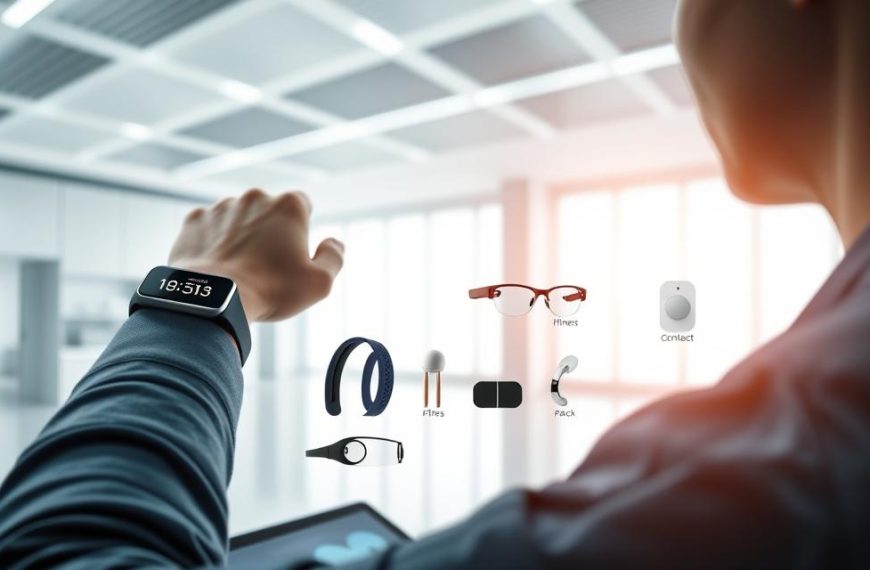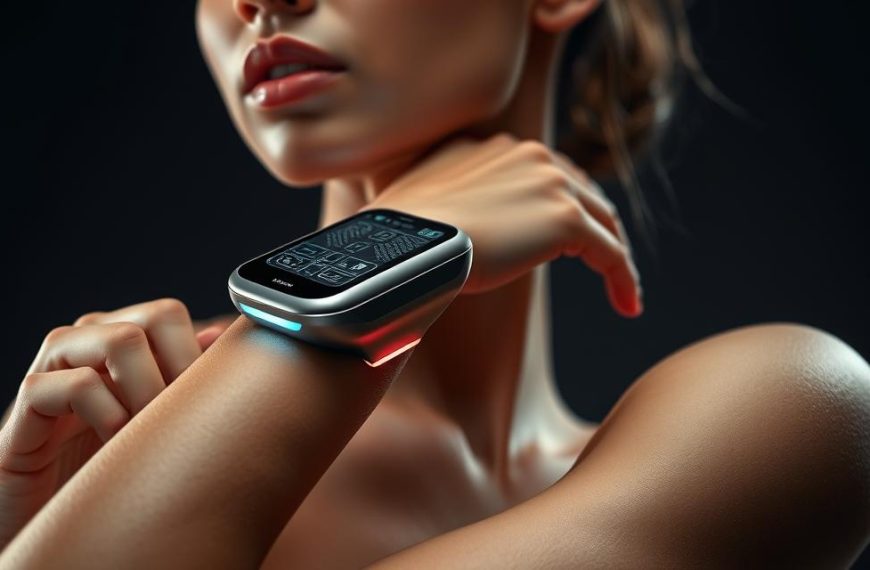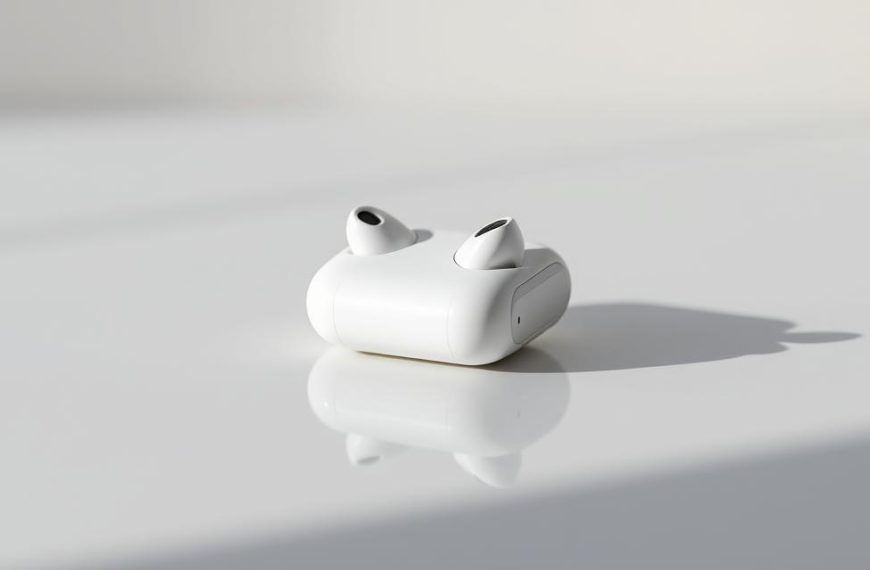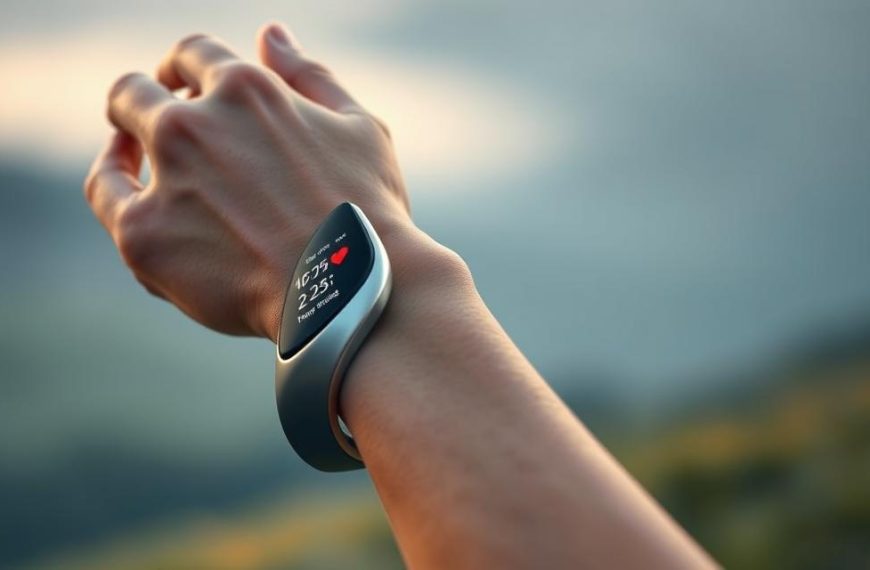In recent years, the role of wearable devices in managing health and fitness has grown significantly. The post-pandemic era has seen a surge in demand for these tools, as people prioritize their well-being. From smartwatches to specialized health monitors, the variety of options available caters to diverse needs.
The market for these devices continues to expand, with innovative features driving their evolution. As we look ahead to 2025, understanding pricing trends becomes essential. Factors like advanced sensors, battery life, and design influence the cost of these gadgets.
Choosing the right device involves balancing budget and functionality. This article provides a detailed breakdown of 2025 pricing trends, feature impacts, and market dynamics. It also highlights key comparisons, such as smartwatches versus basic trackers, and explores emerging technologies shaping the industry.
For more insights into the global wearable technology market, stay tuned as we dive deeper into what to expect in the coming year.
Introduction to Wearable Technology in 2025
From simple step counters to advanced health monitors, wearable devices have come a long way. These gadgets now play a crucial role in managing health and fitness, offering features like heart rate tracking, sleep analysis, and even ECG monitoring. The post-pandemic era has accelerated innovation, making these tools indispensable for remote health monitoring.
The Evolution of Wearable Devices
Wearable tech began with basic pedometers but has evolved into sophisticated devices like the Oura Ring and Hexoskin’s ECG shirts. These advancements provide users with detailed insights into their well-being. The integration of wearable technology into healthcare has transformed how we approach personal health management.
Why Cost Matters in Wearable Tech
Cost plays a significant role in accessibility. Premium devices like the Apple Watch offer advanced features but come at a higher price. Budget-friendly options like the Xiaomi Mi Band provide essential functionalities at a fraction of the cost. Security is another factor, with higher-priced brands investing more in data protection. Balancing cost and features is key to long-term user adoption and healthcare scalability.
How Much Does Wearable Technology Cost: A Comprehensive Overview
The pricing landscape for health and fitness gadgets has become increasingly diverse in 2025. From budget-friendly options to premium models, the cost of these devices reflects their features and capabilities. Understanding the price tiers and factors influencing pricing can help consumers make informed decisions.
Price Range of Popular Wearable Devices
In 2025, the market offers devices tailored to every budget and need. Here’s a breakdown of the price tiers:
- Budget ($20-$70): Devices like the Xiaomi Mi Band 4 and Samsung Galaxy Fit provide essential functionalities such as step counting and basic heart rate monitoring.
- Mid-Range ($100-$270): Gadgets like the Garmin vivosmart 4 and Fitbit Versa 2 offer advanced features, including sleep analysis and GPS tracking.
- Premium ($300+): High-end models like the Apple Watch and Oura Ring come with cutting-edge sensors, long battery life, and extensive app ecosystems.
Subscription-based models, such as WHOOP at $30/month, provide continuous updates and analytics, offering an alternative to one-time purchases.
Factors Influencing the Cost of Wearable Technology
Several factors contribute to the pricing of these devices:
- Advanced Sensors: Devices with heart rate monitors, GPS, and ECG capabilities are priced higher due to their precision and functionality.
- Brand Reputation: Premium brands like Apple invest heavily in design and security, reflecting in their higher cost.
- Battery Life: Longer-lasting batteries, such as the Garmin vivofit 4’s 1-year battery, add to the device’s value.
- App Ecosystems: Devices with extensive app integrations, like the Apple Watch, offer greater versatility but come at a premium.
- Healthcare Compliance: Medical-grade wearables adhering to standards like HIPAA require significant R&D, increasing their cost.
| Device | Price | Key Features |
|---|---|---|
| Xiaomi Mi Band 4 | $29.99 | Step counting, basic heart rate monitoring |
| Fitbit Versa 2 | $199.95 | Sleep analysis, GPS tracking |
| Apple Watch Series 8 | $399.00 | ECG, extensive app ecosystem |
| WHOOP Subscription | $30/month | Continuous analytics, recovery tracking |
Key Features and Their Impact on Pricing
The features of modern health devices play a significant role in determining their price. Advanced functionalities like heart rate monitoring, sleep tracking, and real-time data analysis often justify higher costs. These advanced features cater to users seeking comprehensive insights into their health and fitness.
Advanced Health Monitoring Features
Devices with premium health capabilities, such as ECG apps and blood oxygen tracking, are priced higher. For example, the Apple Watch Series 5 includes an ECG app to monitor heart rate rhythm, while the Garmin vivosmart tracks blood oxygen saturation. These features provide users with detailed monitoring and actionable insights.
Sleep analysis is another key feature. The Withings Move Watch offers sleep tracking with stage analysis, while the Fitbit Inspire provides basic sleep data. The added precision in devices like the Withings Move Watch often results in a higher price point.
Smartwatch vs. Fitness Tracker: Cost Comparison
Smartwatches and fitness trackers cater to different needs and budgets. Smartwatches, like the Samsung Galaxy Watch Active2, offer larger screens, third-party apps, and call/text capabilities. These features make them versatile but also more expensive.
Fitness trackers, such as the Garmin vivofit 4, focus on affordability and longer battery life. While they lack some of the advanced features of smartwatches, they excel in basic activity tracking and calories burned monitoring. This makes them a budget-friendly option for users prioritizing simplicity.
| Device | Price | Key Features |
|---|---|---|
| Apple Watch Series 5 | $399 | ECG app, blood oxygen tracking |
| Garmin vivosmart | $199 | Blood oxygen tracking, sleep analysis |
| Fitbit Inspire | $49.95 | Basic sleep tracking, step counting |
| Samsung Galaxy Watch Active2 | $249 | Third-party apps, call/text capabilities |
For more insights into wearable fitness tech in every price, explore the latest options available in 2025.
Market Trends and Future Predictions
As we move into 2025, the wearable tech market is set to undergo significant transformations driven by innovation and consumer needs. Emerging technologies and shifting demand patterns are reshaping the landscape, influencing both functionality and pricing. Understanding these trends is crucial for making informed decisions in this rapidly evolving space.
Emerging Technologies and Their Costs
Innovation continues to push the boundaries of what wearables can achieve. AI-driven health insights, such as WHOOP’s strain and recovery analysis, are becoming more sophisticated, offering users real-time data to optimize their routines. Non-invasive glucose monitors, rumored to debut in the Apple Watch 2025, could revolutionize diabetes management, though they may come at a premium price.
Smart fabrics, like Hexoskin’s washable ECG shirts, are another breakthrough. These garments integrate seamlessly into daily life, providing continuous monitoring without the need for additional devices. However, the cost of such advanced materials and technology remains high, limiting accessibility for some consumers.
Consumer Demand and Its Effect on Pricing
The surge in demand for remote patient monitoring is driving up prices for HIPAA-compliant devices. As healthcare providers increasingly rely on wearables for data collection, manufacturers are investing in features that meet stringent regulatory standards. This added compliance often translates to higher costs for end-users.
Security is another critical factor. Budget-friendly wearables may risk data breaches, while premium brands prioritize encryption and robust safety measures. This trade-off between cost and security is a key consideration for consumers.
Supply chain challenges, such as semiconductor shortages, are also inflating production costs. While older models like the Fitbit Versa 2 may see price drops as new tech launches, these economic factors continue to shape the market.
Conclusion: Is Wearable Technology Worth the Investment in 2025?
Investing in health and fitness devices in 2025 requires careful consideration of features and long-term value. Budget-friendly options like the Xiaomi Mi Band 4 are ideal for basic tracking, while premium models like the Apple Watch excel in advanced diagnostics. Aligning your purchase with personal goals—whether for fitness or chronic condition management—ensures maximum utility.
Choosing reputable brands not only guarantees data security but also ensures regular software updates. As healthcare-focused devices gain traction, their potential to reduce hospital visits justifies higher costs. Insurance reimbursements for these tools are likely to expand, increasing their return on investment.
Prioritize future-proof features such as 5G connectivity and modular upgrades over short-term savings. This approach ensures your device remains relevant as technology evolves. In 2025, the right choice depends on balancing functionality, security, and long-term value.

